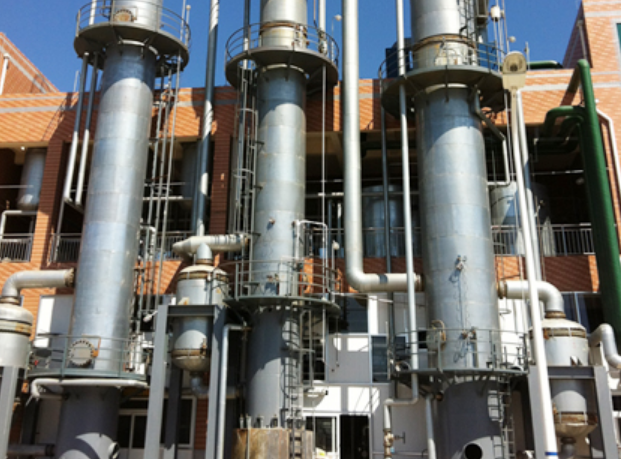In the ever-evolving world of green technology, one innovative process has emerged as a game-changer, promising sustainability and efficiency in a world that increasingly demands it. Multi-Effect Distillation (MED) is the name of this powerful yet sustainable technique, and in this article, we'll explore its potential to revolutionize industries, reduce environmental impact, and provide a sustainable solution for various applications.
Understanding Multi-Effect Distillation
What is Multi-Effect Distillation?
Multi-Effect Distillation is a sophisticated process used to desalinate water and create fresh, pure drinking water. It operates on the principle of utilizing multiple stages or "effects" to maximize energy efficiency. In a series of vacuum-sealed chambers, seawater is heated in the first chamber, producing steam, which is then condensed into freshwater in the subsequent chambers. This multi-stage process significantly reduces energy consumption when compared to traditional methods.
Energy Efficiency
One of the most remarkable features of Multi-Effect Distillation is its exceptional energy efficiency. By reusing the latent heat released during the condensation process, it maximizes the energy output. This means less energy consumption and a smaller carbon footprint, making it a key player in the move towards greener technology.
Environmental Impact
With global concerns about environmental conservation at an all-time high, Multi-Effect Distillation comes as a breath of fresh air. By harnessing the principles of thermodynamics and engineering, this innovative technology reduces the negative impact on the environment. It plays a vital role in decreasing greenhouse gas emissions, water pollution, and the over-extraction of natural resources.

Applications of Multi-Effect Distillation
Desalination
One of the most crucial applications of MED is desalination. As the world's freshwater resources become scarcer, the ability to convert seawater into drinking water becomes increasingly essential. Multi-Effect Distillation offers an efficient and environmentally friendly solution to this problem, ensuring that communities in arid regions have a reliable source of fresh water.
Industrial Use
Beyond potable water production, Multi-Effect Distillation has found applications in various industries. It is used in food processing, pharmaceuticals, and the manufacturing of semiconductors, to name a few. The technology's ability to provide high-purity water is crucial in these sectors, ensuring product quality and reducing waste.
Sustainable Agriculture
Agriculture consumes a significant portion of the world's freshwater resources. MED can be a game-changer in the agricultural sector, allowing for the sustainable irrigation of crops and reducing the strain on natural water sources.
Advantages of Multi-Effect Distillation
Energy Cost Savings
MED boasts a substantial advantage in terms of energy cost savings. The process's multiple effects allow for the efficient use of thermal energy, making it a highly cost-effective solution for water desalination and industrial applications.
Reduced Carbon Footprint
When compared to traditional desalination methods, Multi-Effect Distillation substantially reduces the carbon footprint. It consumes less energy, resulting in fewer emissions and a more sustainable approach to water treatment.
High Water Recovery Rates
The MED process also offers high water recovery rates. It minimizes water wastage and maximizes the amount of fresh water produced from seawater, making it an environmentally responsible choice.
The Future of Green Technology
As the world continues to grapple with environmental challenges, Multi-Effect Distillation stands out as a beacon of hope. Its ability to provide sustainable, energy-efficient solutions for critical water-related issues positions it as a vital component of the future of green technology.
Conclusion
Multi-Effect Distillation (MED) is not just an innovation; it's a revolution in the making. Its unparalleled energy efficiency, reduced environmental impact, and versatility in applications make it a compelling choice for industries, communities, and regions striving to embrace a greener, more sustainable future.
If you want to read more information about Distillation Plant (Distillation Design), just visit [https://www.slchemtech.com/guestbook/]














